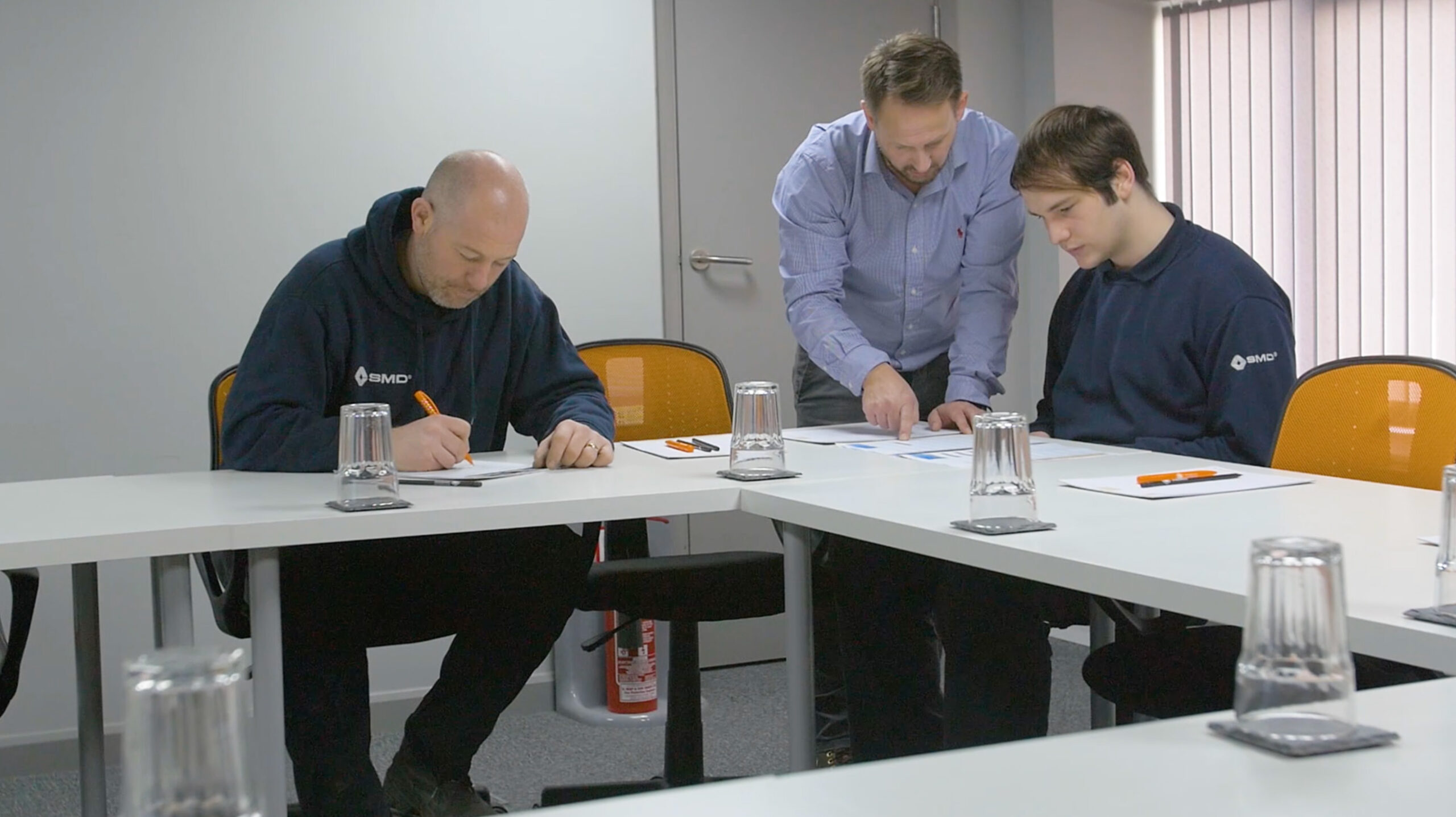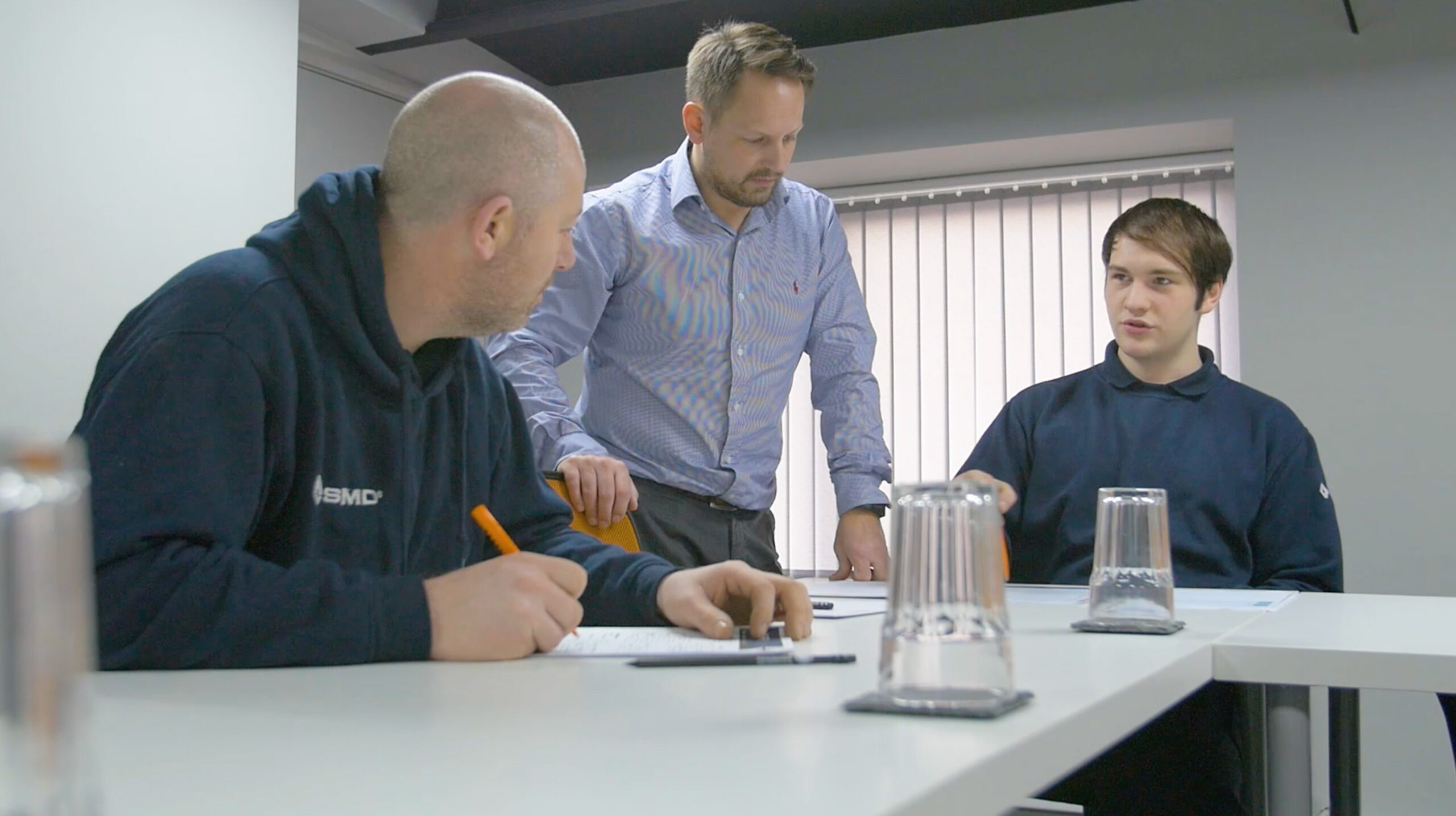You often hear “has the world gone mad?” in relation to Health and Safety and the extremities some organisations will go to in order to eliminate hazards and therefore reduce risk to its staff or to members of the public.
Heath & Safety is everyone’s responsibility
You could argue that in some cases the whole health & safety issue has been taken too far, but it’s worth taking a step back and considering why safety warnings or procedures might have been put in place. Often they exist as a result of an incident caused by lack of awareness of a particular risk. Lack of awareness can mean being totally oblivious to the hazard but it can also mean that the implications of ignoring it are not fully understood.
And indeed there have been an alarming number of situations on construction sites in which a known risk has simply been ignored. Robust and effective health and safety procedures are not just a set of safe working rules. They should programme in regular training for personnel and establish awareness of the consequences of lack of observation of these rules.

Of course all responsible contractors know that you shouldn’t wait for an accident to happen before attempting to put rules in place. H&S is a top-of-the-agenda item across the construction industry and SMD takes all risks seriously, no matter how minor they may seem. All our working procedures are set out in a contract-specific Risk Assessment and Method Statement (RAMS) that takes into consideration the risks, location and particular circumstances of each project.
There are always good, solid reasons for our Health & Safety procedures. All site staff need to be made aware of all the hazards for which the construction industry is notorious. Need to understand why the regulations and procedures are in place. The Construction (Design and Management) Regulations (CDM) ensures that H&S is a priority consideration.
Every contractor is required to produce a Risk Assessment and Method Statement (RAMS) that sets out its own site operations for the benefit of all and highlights the risks involved in these operations. It also needs to show how each of these risks will be mitigated before, during and after each stage of the works.
The following is intended to give an indication of how we’ve structured our own RAMS, why we’ve identified the specific sections we have and why we feel each is equally important.
So no, we haven’t gone mad. Everyone deserves to go home at the end of each day on site and we intend to make sure that they do.
We live by our RAMS!
Every contractor produces a Risk Assessment and Method Statement. The various method statements serve as guidance for internal staff regarding the sequence and procedures required for carrying out tasks. The risk assessments address the potential hazards attached to those tasks and on site in general and provide appropriate mitigation measures to alleviate the risks.
The RAMS does have another function, however, and that’s to enable the client, consultants and all other contractors on the same project to understand each others’ tasks and working practices as well as the relevant risk mitigation measures.
Each RAMS starts life as a generic document that must be tailored to suit each individual contract. It needs to contain project-specific information and be developed and updated as work progresses to ensure that all relevant tasks and situations have been covered. The generic document itself should be reviewed and updated from ‘lessons learned’ on a regular basis.
The RAMS will be most effective if it’s set out in a logical manner, so the first few sections in ours cover some basic contract information.


Description of Works
We start off with a description of the project, the works and the site location. This provides our staff with an understanding of the aims of the project and of the tasks they’ll be required to do during its construction.
The overview of the project always includes the site locations and a description of the layout – i.e. the number of blocks, the number of levels in each and an idea of the proposed construction phasing.
Our tasks on site seldom change. For the majority of the contracts we’re involved in, we set up nets, install the decking and shear studs and carry out concreting operations and these works are normally undertaken with no more risk than may be reasonably expected. With this in mind, the sort of information provided in the overview will be the type and quantity of the deck product to be used, the quantity of shear studs required and a list of any specific (or bespoke) products allowed for, such as VoidSafe or channel trim. If any concreting works are included as part of our package, these will be described and quantified as well. While compiling the list of works SMD will be required to do, the author must consider any project-specific situation that may be unusual and therefore hazardous.
Understanding the site location may highlight risks peculiar to that particular project. A large number of our contracts could be described as ‘by the roadside’ but in 2018 we were appointed on one in Canary Wharf where the site was over water. The structure was supported on stilts within the Middle Dock. In this instance, our RAMS included an additional risk covering the potential to fall into water. All our site staff were issued with life vests, to be worn throughout the duration of the contract.
Programme & Resource Levels
Our management staff will have an understanding of the entire project programme but the questions answered in the RAMS are those that directly affect the site teams. It’s essential of course that everyone is aware that this is the programme at the start of the contract.
The number of operatives required is set out here too. In most cases, we use the same site staff week-on-week to ensure that the team knows the details of the contract and any risks involved.
The Weather
Weather conditions affect both programme and people and are often linked directly to the site location.
The RAMS contains a standard statement that temperatures below freezing, heavy rain or high winds may adversely affect SMD’s site activities and progress. It also states that the SMD foreman and construction coordinator can, at their discretion, postpone works if the weather increases the risk from site activities.
Risks are highlighted that need to be considered and mitigating actions that need to be taken if the site is, for example, in a remote location, on a cliffside, over water or even in a colder country. In 2019, SMD was involved on a contract in Oslo, Norway where the weather conditions were very different to those we usually experience here in the UK.
Avoiding conflict with other trades
Coordination is imperative to ensure that other trades are not working above or below an area where SMD is carrying out decking and/or concreting operations.
Implementation of the correct sequence of works and the handover of areas between the various trades are considered essential H&S procedures. Risk is significantly reduced when all resources on site are clear on who has access to which zones and levels at any given time.
This section highlights the warning that no other trades or associated plant should be allowed in areas where the decking operations are incomplete or before safe handover to the following trades has been conducted. To emphasise this, the list of SMD operations provided here begins and ends with a handover item.




Staff Induction and H&S Training – Creating awareness
So, if our H&S procedures are to be effective and beneficial and not simply that list of rules in a document that gets shelved while everyone presses on with the urgent tasks in hand, how do we go about reinforcing the important messages they carry?
This is where our training programme comes into play. All of our netting operatives (FASET trained and approved), decking operatives, foremen, supervisors & construction managers hold CSCS accreditation and regularly trained and certificated in the tasks relevant to their role. This ensures that they’re confident and competent and understand their participation in maintaining health and safety on site.
We operate a training matrix that covers all our staff and their various tasks. Our Training Manager monitors the roles and this matrix on a regular basis so that knowledge gaps can be identified and filled and so that timely refresher courses can be organised.
Our in-house courses meet the training requirements of industry standards.
But even when all background Health & Safety training is complete and up-to-date, site specific inductions are mandatory for all our personnel. These sessions, either online or on site, are provided by the Principal Contractor and serve to highlight any special site restrictions and safety rules that apply to all trades. Usually, once one of our operatives has been allocated to a particular site, we try to ensure that they remain a part of that work force for the duration of the contract. This avoids the necessity of holding repeat induction sessions and allows individuals to be totally familiar with the progression of all works on the site, resulting in increased productivity.
In addition to attendance at the induction session, site teams are required to listen to regular ‘toolbox talks’ relating to both their own tasks and any incidents that may have occurred.






